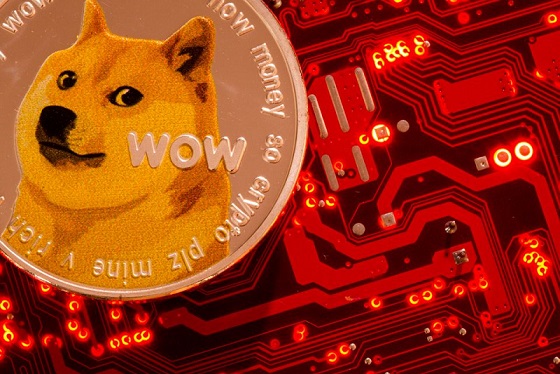Binance Research Study Paints a Gloomy Picture for Memecoins
According to a research conducted in November by the Binance Research team, 97% of the memecoins released into the cryptocurrency market are no longer active. This situation is due to the nature of memecoins, which can attract significant interest in a very short period but lose their value once hundreds of clones emerge.
Memecoins have become notable investments in the cryptocurrency sector due to their community-focused structures and sudden price fluctuations. These crypto assets serve as an alternative for investors seeking quick profits, representing a significant position in the market while also embodying a space filled with risks. The report led by Joshua Wong from Binance Research addresses the role of these trends in the industry and how memecoins have evolved with the mainstreaming of crypto assets.
The activities of creating memecoins are rapidly increasing. According to the research, the issuance of memecoins has shown an incredible rise in the past year. It is reported that 75% of the memecoins traded in the market were created between 2023 and 2024. This surge is linked to the proliferation of protocols that facilitate memecoin creation. Platforms such as Solana’s Pump.fun, Tron’s SunPump, and Cardano’s Snek.fun have streamlined these processes.
As the issuance and launch of memecoins have become easier, a sector filled with malicious actors and unnecessary tokens has emerged. This situation signifies a drastic decline in the survival rate of memecoins. According to the research, 97% of memecoins are now considered "dead" with zero trading volume. Only the two largest memecoins by market capitalization, Dogecoin and Shiba Inu, continue to attract stable interest.
The research report also highlights a growing problem in the memecoin sector known as the "pump" trend. Pumps refer to tokens created by specific groups to manipulate price fluctuations in their favor. These groups aim to profit by pushing small investors out of the market.
While blockchain technology allows for visibility of token concentrations and blockchain activities, it remains challenging to determine who owns a given address. Malicious individuals promote memecoins and then withdraw from the market by selling them at high values. For example, the WALDO token developer perpetrated a similar fraud using the name of Charles Hoskinson, the founder of Cardano. The social media account of famous soccer player Kylian Mbappe was also used in promoting a Solana-based memecoin, leading to the defrauding of investors.
Looking ahead for memecoins, Binance researchers noted that memecoins will continue to have influence in the sector, but new-generation tokens must be created with unique narratives and ideas that will attract long-term interest from users. Tokens such as Pepecoin and POPCAT have succeeded in different themes by differentiating themselves from traditional "dog" narratives. Additionally, the report stated that developing use cases for memecoins would help them establish long-term relationships. Researchers suggest that memecoins should be created alongside innovative technologies and ideological developments, thus generating a lasting "hype" beyond short-term trends.


